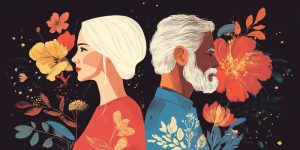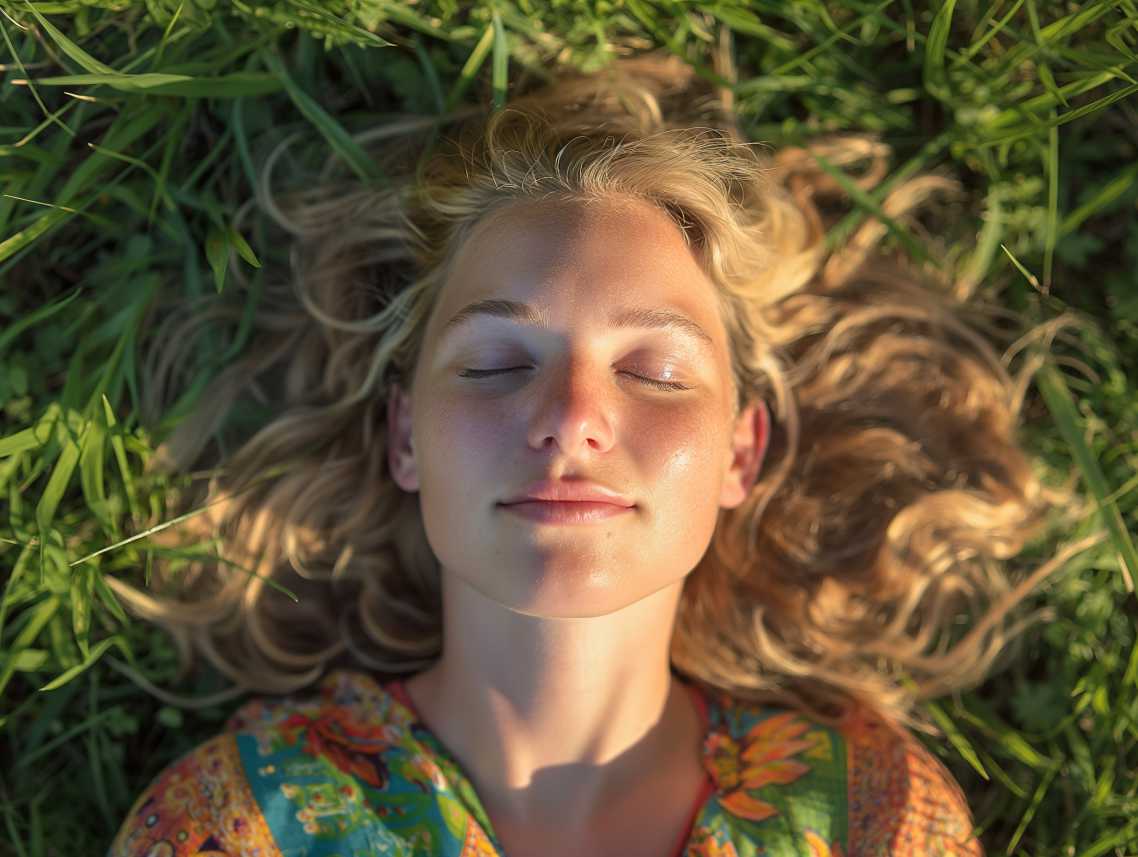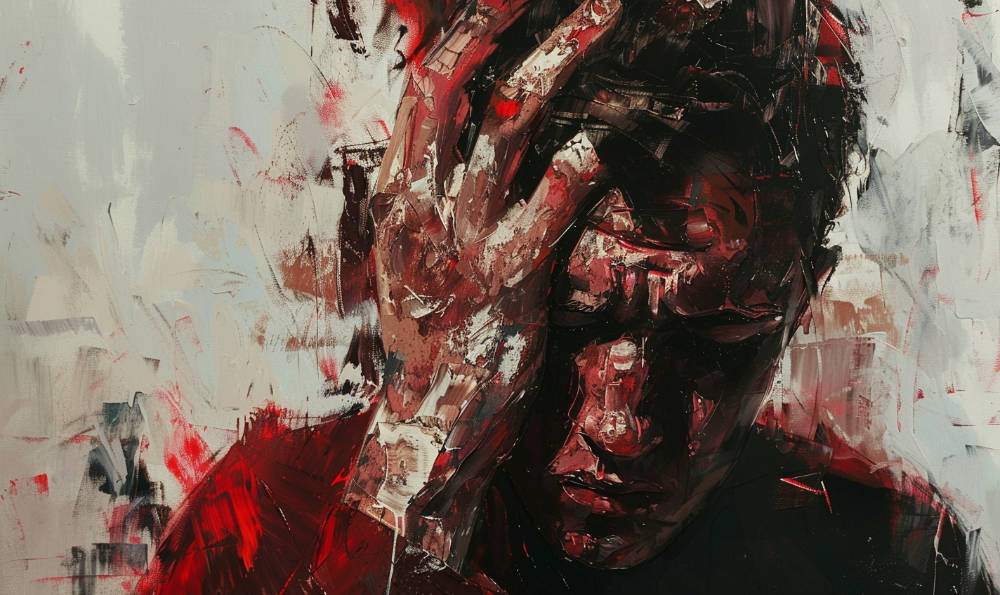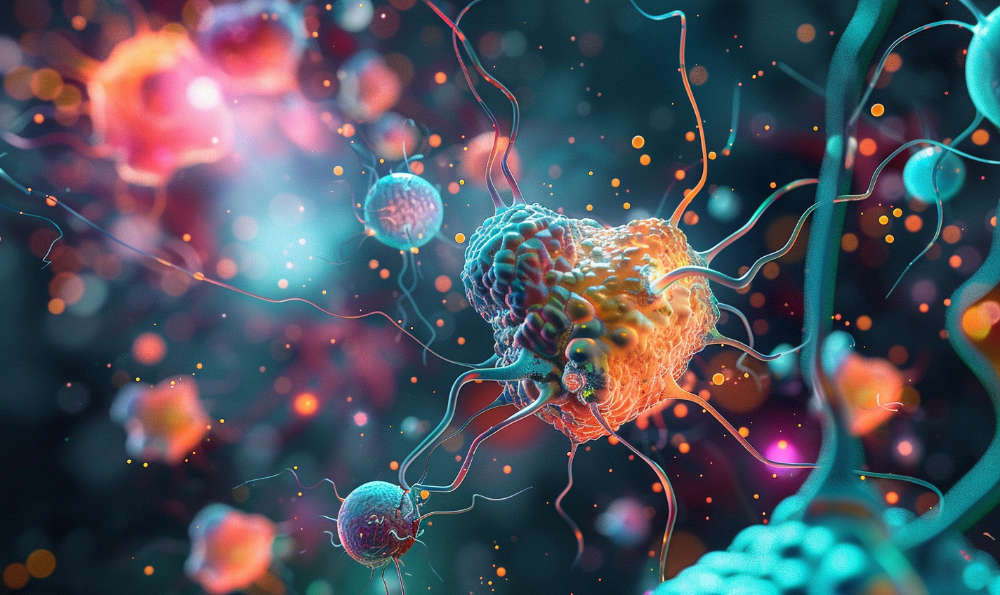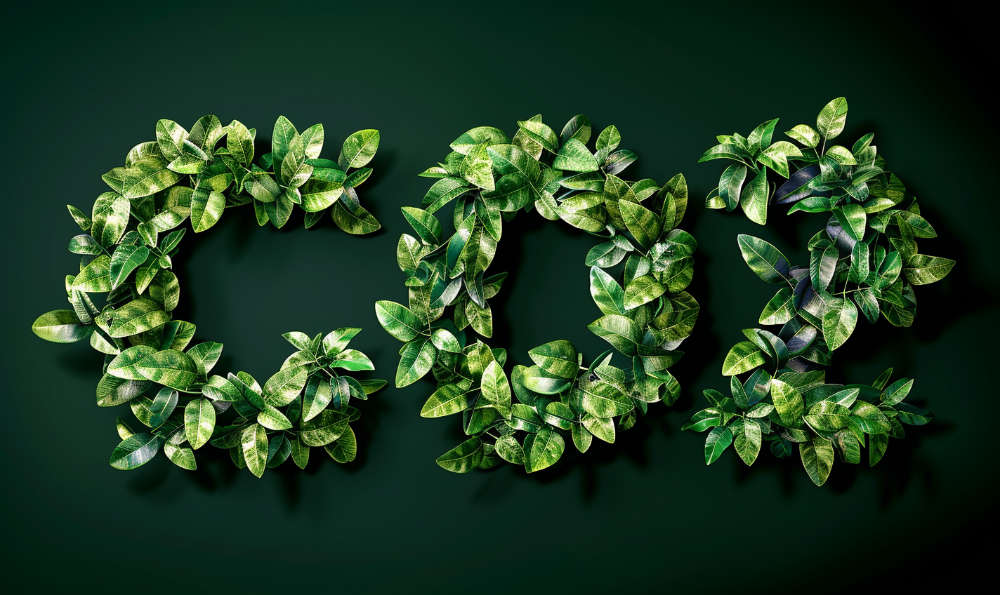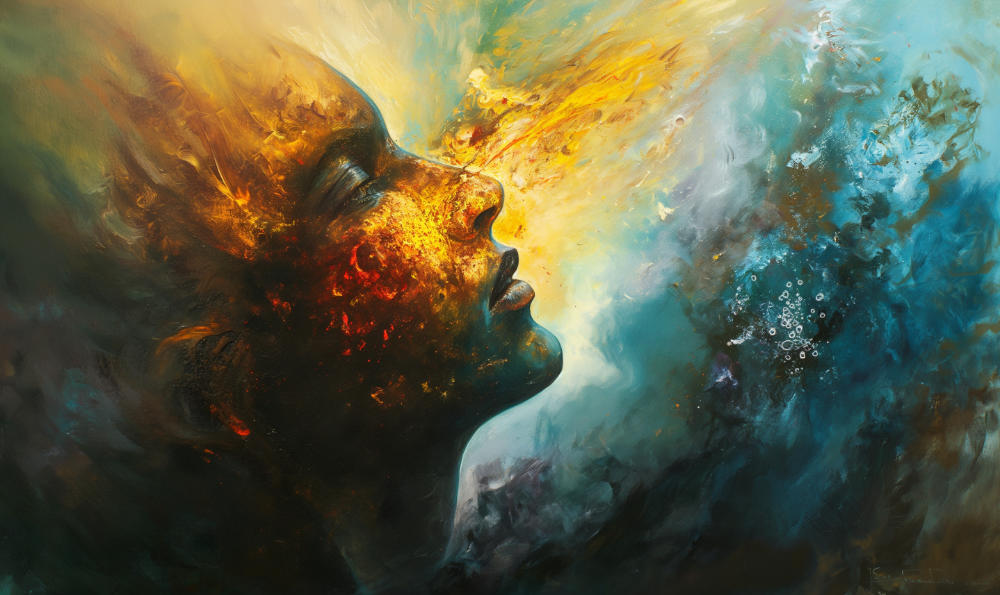Why People Like Flowers: Beauty, Biology, and Emotion
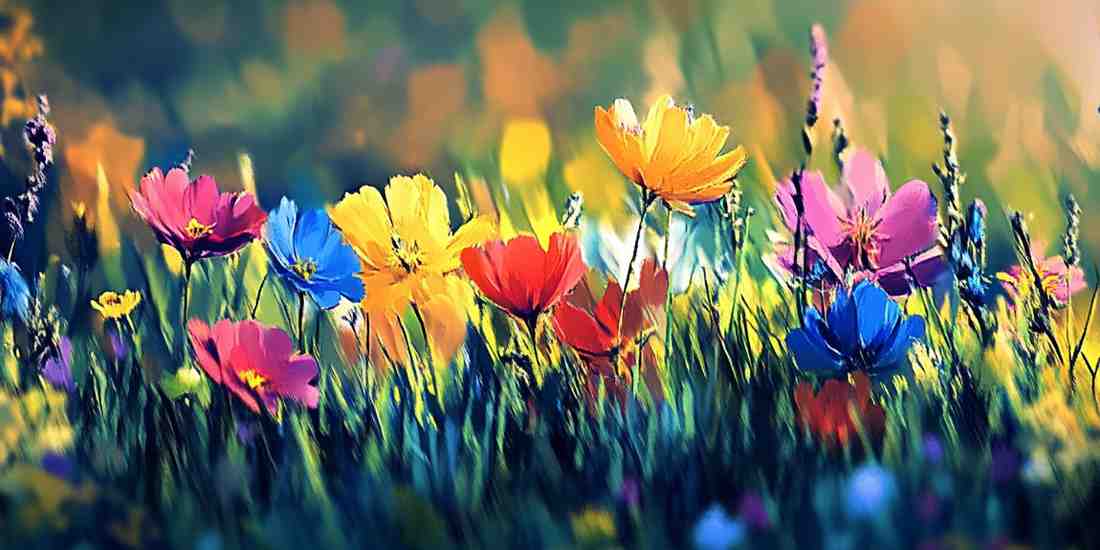
Flowers have held a unique place in human life for millennia. They are not merely decorative or ornamental – they evoke emotion, communicate meaning, and serve as bridges between nature and culture. Across cultures, time periods, and continents, people have cultivated, gifted, painted, and even worshipped flowers. But what lies behind this universal affection? The answer lies in a mixture of evolutionary biology, psychology, aesthetics, and symbolism.
The evolutionary roots of floral attraction
Nature’s color signals and human perception
One of the most basic reasons humans are drawn to flowers is their color. The human eye evolved to detect a wide range of colors, especially those in the visible light spectrum that align with ripe fruits, healthy plants, and water sources. Flowers often display vivid hues that signal life, fertility, and abundance.
According to Dr. Anya Hurlbert, a neuroscientist and expert in visual perception, humans evolved to associate certain colors with nourishment and safety (Color vision and human perception, Hurlbert). Bright colors like red, yellow, and violet stimulate neural pathways related to attention and reward.
Flowers, with their contrast-rich palettes, tap directly into this evolutionary mechanism, capturing our gaze and generating a subtle sense of delight and curiosity.
The link with reproductive success
From a biological standpoint, flowers are reproductive structures. Their role in plant reproduction – through pollination – has evolved to attract pollinators such as bees and butterflies. But human beings, although not pollinators in the same sense, may have developed a psychological affinity for floral forms because they signify fertility and growth.
Some scholars argue that our ancestors may have subconsciously associated blooming flowers with environmental conditions favorable to survival – fertile land, good weather, and food availability (The Adaptive Significance of Flowers in Human Evolution, Dutton).
Emotional and psychological resonance
Flowers as emotional triggers
Flowers have a remarkable power to stir emotion. From weddings to funerals, celebrations to condolences, they are ever-present in rituals of human emotion. Studies show that receiving flowers significantly improves mood and increases feelings of happiness and gratitude.
A 10-month study by Rutgers University found that people who received flowers experienced an immediate and long-term mood boost, regardless of age or gender (An Environmental Approach to Positive Emotion: Flowers, Haviland-Jones). Flowers were shown to reduce depression and anxiety, increase social interaction, and create a stronger connection between individuals.
These findings suggest that flowers serve as a kind of emotional bridge – connecting individuals not just to each other, but also to a broader, more comforting sense of life and continuity.
Symbolism and meaning
Different flowers carry different symbolic meanings – often tied to cultural, historical, or religious contexts. A red rose symbolizes romantic love in many Western cultures. In Japan, the cherry blossom is a symbol of ephemeral beauty and the fleeting nature of life. In India, the lotus represents spiritual awakening and purity.
This symbolic depth gives flowers a communicative power that few other natural objects possess. We don’t just look at flowers; we read them.
According to Dr. Beverly Seaton in her cultural analysis of floral meaning, “flowers act as condensed symbols for social values, personal sentiments, and shared cultural memories” (The Language of Flowers: A History, Seaton). This multi-layered meaning adds richness to our interaction with them.
Aesthetic form and sensory appeal
Symmetry and visual harmony
Flowers often possess natural symmetry – either radial or bilateral – which is inherently pleasing to the human eye. Psychological studies show that symmetry is consistently rated as more attractive, likely because it suggests health and balance (The Role of Symmetry in Perceived Beauty, Little & Jones).
Moreover, the fractal patterns present in many flower forms mirror those found elsewhere in nature, such as in seashells, snowflakes, and even galaxies. These patterns create a sense of harmony and continuity that humans instinctively appreciate.
Scent and memory
Beyond visual beauty, flowers often carry aromatic compounds that stimulate memory and emotional response. Scents like lavender, jasmine, and rose are widely used in aromatherapy due to their calming effects. The olfactory system is closely linked to the limbic system – the brain’s emotional center – which is why floral smells can instantly evoke nostalgia, comfort, or even longing (Scent and Emotion: A Biological Basis, Herz).
Flowers thus offer a multi-sensory experience: they are seen, smelled, touched – and in some cases even tasted – giving them a tactile intimacy that deepens human attachment.
Social and cultural functions
Flowers as gifts and gestures
Gifting flowers is one of the most universal human practices. From ancient Egypt to contemporary Europe, flowers have been offered to gods, lovers, and strangers. They serve as silent messengers, expressing what words often cannot: affection, apology, celebration, or mourning.
The act of giving flowers triggers not just gratitude but also empathy and connection. In a world increasingly dominated by digital communication, flowers provide a tangible and heartfelt medium of expression.
According to psychologist Jeannette Haviland-Jones, “flowers evolved in culture as a nonverbal communication device… a safe way to navigate social emotion” (Emotional Responses to Flowers, Haviland-Jones).
Religious and spiritual significance
Many religious traditions regard flowers as sacred or divine. In Buddhism, offerings of lotus flowers symbolize detachment from the material world. In Christianity, lilies represent purity and resurrection. In Hinduism, marigolds are offered to deities during prayers and rituals.
This spiritual dimension elevates flowers beyond physical beauty, turning them into metaphors for transformation, enlightenment, and inner growth.
The urban yearning for nature
A floral remedy for concrete lives
In an era where most people live in cities, contact with nature has diminished drastically. Flowers provide a piece of the natural world in an artificial environment. Window boxes, park gardens, and indoor bouquets all serve as small rebellions against the sterility of modern life.
The presence of flowers in urban spaces is not just decorative but restorative. According to studies in environmental psychology, exposure to green spaces and floral biodiversity reduces stress, improves cognitive function, and increases life satisfaction (Nature and Mental Health: An Ecosystem Service Perspective, Bratman et al.).
Flowers reconnect us to rhythms of growth and decay, reminding us of cycles beyond human control – of seasons, lifespans, and the natural passage of time.
Conclusion: beauty rooted in biology and soul
People like flowers not simply because they are “pretty.” They like them because flowers speak to deep layers of the human experience: evolutionary recognition, emotional expression, aesthetic pleasure, and cultural meaning. In every petal, there is a trace of memory, biology, and symbolism – a blend of nature and nurture.
Flowers remind us of joy and mortality, connection and silence. They bloom without demand, yet say more than many words. They are not essential to survival, but perhaps essential to being fully human.

